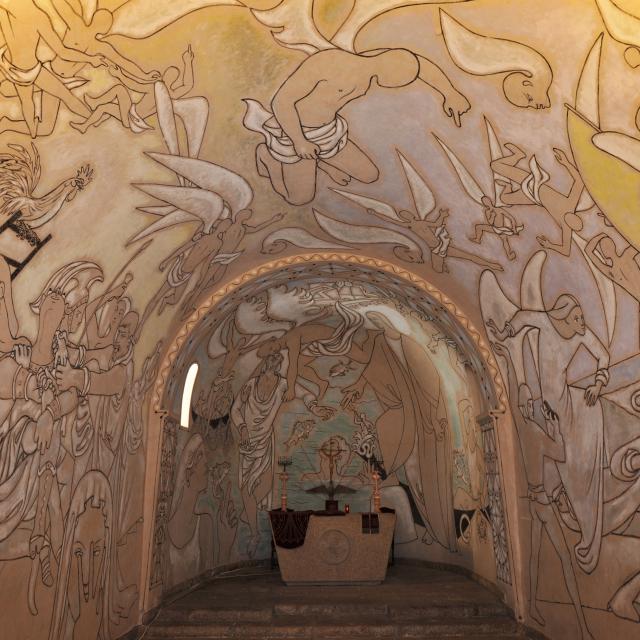ODE TO JOY ON THE RAMPARTS OF ANTIBES
The collections of the first museum in the world dedicated to Picasso overlook the Mediterranean.
Picasso, one of the greatest artists of the 20th century, adored the jazz clubs in Juan-les-Pins and the galleries in the Safranier district of old Antibes. In the pre-war period, his Hispano Suiza was often parked in front of La Garoupe beach on the Cap d’Antibes.
Picasso set up home in Antibes in 1946, when he rented the Château Grimaldi, which today houses the Picasso Museum. He worked intensively, producing numerous drawings, paintings and sculptures that have been exhibited in the biggest museums in the world. The works he created in Antibes reflect the influence of the light and surrounding countryside, as well as the region’s cultural riches. Happy with Françoise Gilot, he experimented with unexpected media, cardboard and driftwood, painted walls. His signature even honours the foundations of the former Roman castrum.
The Picasso Museum in Antibes is now an essential location for art lovers, who can admire the artist’s works in a magnificent setting. The museum’s halls are full of paintings, sculptures and drawings by Picasso, as well as works by other artists who worked in the region, such as Nicolas de Staël and Hans Hartung.






